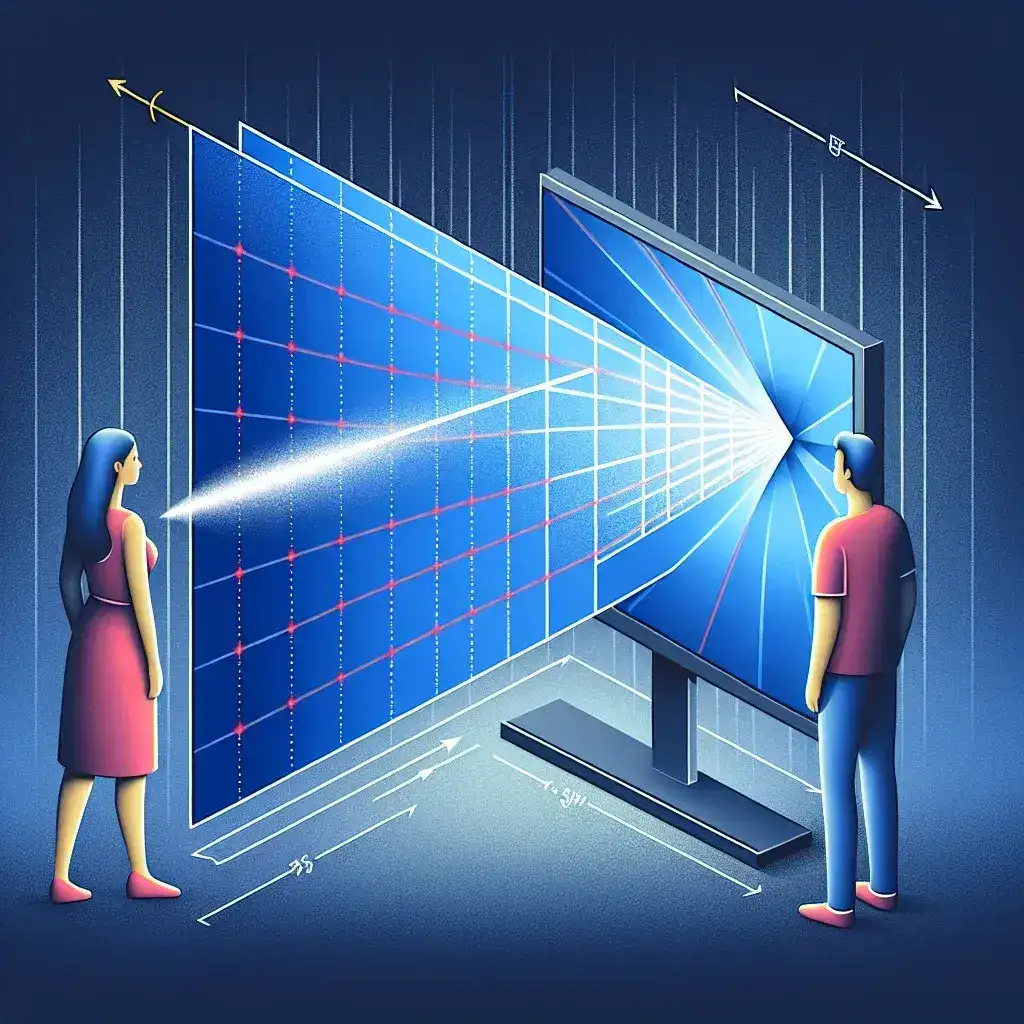Organic Light Emitting Diode (OLED) monitors have become a popular choice for consumers looking for superior image quality and performance. However, one crucial factor that can significantly influence the experience is the viewing angle. The viewing angle of a monitor refers to how far you can move to the side of the screen before the colors and brightness start to degrade. This is particularly significant for OLED monitors, as they are known for their exceptional color accuracy and brightness. Understanding how the viewing angle affects OLED monitor performance can help users optimize their setup for the best possible experience.
Impact of Viewing Angles on OLED Monitor Performance
Color Accuracy
Color Accuracy is one of the main advantages of OLED technology. Unlike LCD monitors that use backlighting, OLEDs emit light from each individual pixel. This allows for deeper blacks and more vibrant colors. However, color accuracy can suffer as the viewing angle increases. When viewed from extreme angles, you might notice a slight shift in color hues, primarily due to the way light is emitted from the OLED pixels.
Brightness Levels
Brightness is another aspect that can be affected by viewing angles. OLED displays are capable of achieving higher brightness levels compared to traditional LCDs. Nevertheless, at steep viewing angles, you may observe a reduction in brightness. This occurs because the emitted light is less focused directly towards the viewer, dispersing more broadly across various directions and thus appearing dimmer.
Contrast Ratio
One of the major selling points of OLED monitors is the high contrast ratio they offer. The ability to turn off individual pixels allows for true blacks and an infinite contrast ratio. However, when viewed from extreme angles, the contrast ratio can drop. This happens due to the combination of decreased brightness and color shift, which can make blacks appear washed out and reduce the overall contrast.
| Viewing Angle (Degrees) | Color Accuracy | Brightness Level | Contrast Ratio |
|---|---|---|---|
| 0 | Excellent | High | Infinite |
| 30 | Good | Moderate | High |
| 60 | Fair | Low | Moderate |
| 90 | Poor | Very Low | Low |
Mitigating the Effects of Viewing Angles
Optimal Viewing Position
To get the best performance from an OLED monitor, it’s essential to maintain an optimal viewing position. Ideally, you should sit directly in front of the screen at a perpendicular angle. This positioning minimizes any potential color and brightness distortions, ensuring that you experience the screen’s capabilities to their fullest.
Monitor Calibration
Regular monitor calibration can help maintain the best color accuracy and brightness levels. Utilizing tools and software designed for monitor calibration can fine-tune the display settings, mitigating the impact of viewing angles to an extent.
Using a Curved OLED Monitor
Curved OLED monitors can offer a better viewing experience by reducing the angle between your eyes and the screen edges. This design enhances immersion and ensures that the picture quality remains consistent across the entire display. Curved monitors are particularly beneficial for gaming and multi-monitor setups, where wide viewing angles are more common.
Practical Applications
Graphic Design and Photography
OLED’s color accuracy and high contrast make them ideal for graphic design and photography. By adhering to optimal viewing positions and using tools like colorimeters for regular calibration, professionals can maintain the fidelity of their visual work.
Gaming
For gamers, ensuring an ideal viewing angle can dramatically improve the experience. With quick response times and vibrant colors, OLED monitors offer an immersive gaming experience. Curved OLED monitors can enhance this experience by maintaining consistent image quality even when viewed from different angles.
Office and Productivity
In a professional setting, where multiple people may view a monitor simultaneously, understanding the impact of viewing angles becomes critical. OLED monitors in conference rooms or collaborative workspaces should be positioned and calibrated to maintain good performance from various angles.
Advancements and Future Trends
Improved Viewing Angles
Technological advancements are continuously being made to improve the viewing angles of OLED monitors. Manufacturers are exploring new materials and designs that can reduce the shift in color and brightness when viewed from different angles.
MicroLED Technology
MicroLED is an emerging technology that promises to offer even better viewing angles than OLED. While still in developmental stages, MicroLED combines the self-emissive properties of OLED with enhanced brightness and viewing angles, making it a potential game-changer in display technology.
Conclusion
The viewing angle is a critical factor that influences the performance of OLED monitors. While these monitors offer superior color accuracy, brightness, and contrast, their performance can degrade when viewed from extreme angles. By understanding how viewing angles affect OLED monitor performance and implementing strategies like maintaining an optimal viewing position, regular calibration, and considering curved monitors, users can maximize their viewing experience. Future advancements in display technologies, including improvements in OLED materials and the development of MicroLED, hold promise for even better-performance displays with minimal impact from viewing angles.

